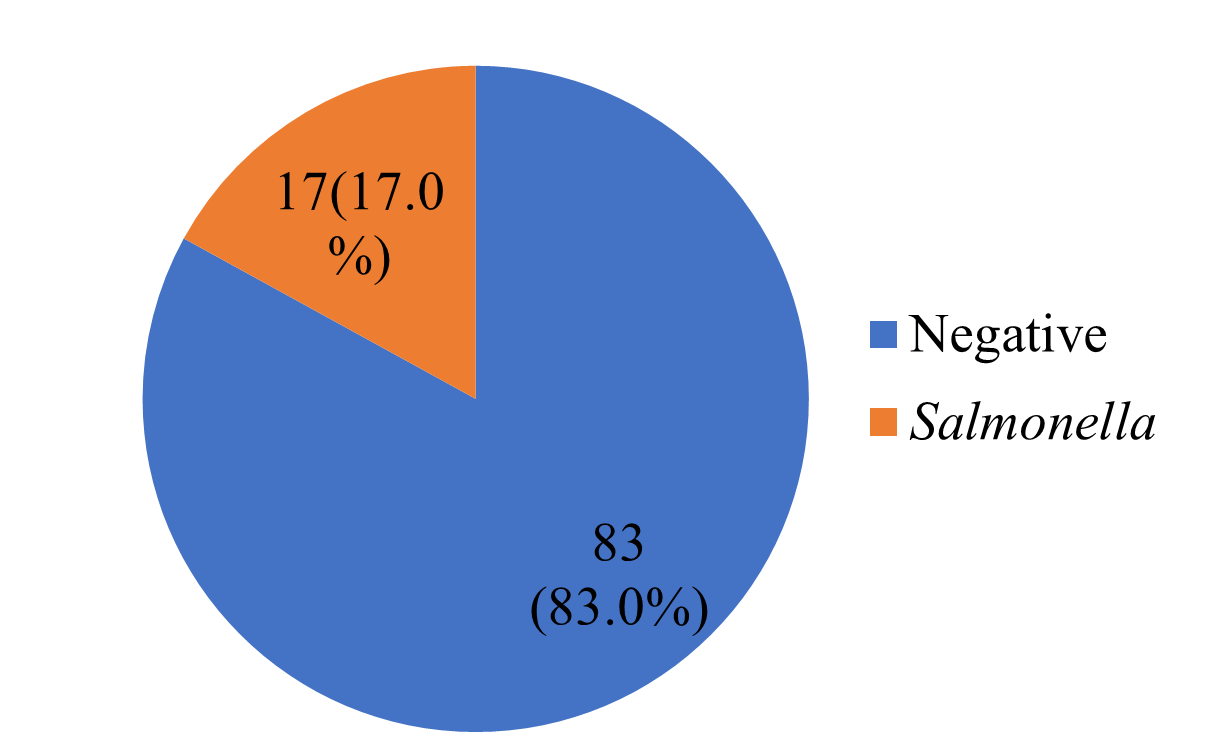Antibiotic Susceptibility of Salmonella Species Isolated from Stool Samples of Patients Attending Ahmadu Bello University, Medical Centre, Zaria
Keywords:
Salmonella, Antibiotics resistance, ABUMC, ZariaAbstract
Salmonella infection remains a major global public health concern. The effective treatment of salmonellosis and other enteric infections has been severely compromised by the emergence of antibiotic-resistant Salmonella strains, largely due to decades of indiscriminate and inappropriate antibiotic use. This study was designed to isolate Salmonella species from stool samples of patients attending the Ahmadu Bello University Medical Centre, Zaria, and to evaluate their antibiotic susceptibility patterns. A total of 100 stool samples were collected and screened for Salmonella. Initial enrichment was carried out using Selenite F broth, followed by inoculation onto Salmonella-Shigella agar, and subsequent subculture onto nutrient agar slants for storage and pure culture preparation. The isolates were subjected to a series of biochemical tests, including motility, catalase, citrate utilization, sugar fermentation, and methyl red–Voges-Proskauer (MR-VP) tests. Out of the 100 samples analyzed, 17 (17.0%) tested positive for Salmonella. Antibiotic susceptibility testing revealed the highest sensitivity to ceftazidime (64.7%) and ceftriaxone (47.1%), while resistance was most pronounced against ciprofloxacin (76.5%), amoxicillin (70.6%), chloramphenicol (52.9%), and gentamicin (47.1%). Although no statistically significant associations were observed between infection rate and socio-demographic or risk factors, a higher prevalence was noted among male patients, children aged 4–12 years, individuals consuming unwashed raw vegetables, households with pets, persons exposed to livestock and their waste, those who washed hands infrequently, individuals not using hand sanitizers, and those relying on well water as their primary drinking source. Strengthening public awareness on safe food handling practices, improved hygiene, and environmental sanitation is essential in reducing the burden of Salmonella infection. In addition, routine antibiotic susceptibility surveillance should be prioritized to monitor resistance trends and guide effective treatment strategies.

Published
How to Cite
Issue
Section
Copyright (c) 2025 Journal of Science Research and Reviews

This work is licensed under a Creative Commons Attribution-NonCommercial 4.0 International License.
- Attribution — You must give appropriate credit, provide a link to the license, and indicate if changes were made. You may do so in any reasonable manner, but not in any way that suggests the licensor endorses you or your use.
- NonCommercial — You may not use the material for commercial purposes.
- No additional restrictions — You may not apply legal terms or technological measures that legally restrict others from doing anything the license permits.




